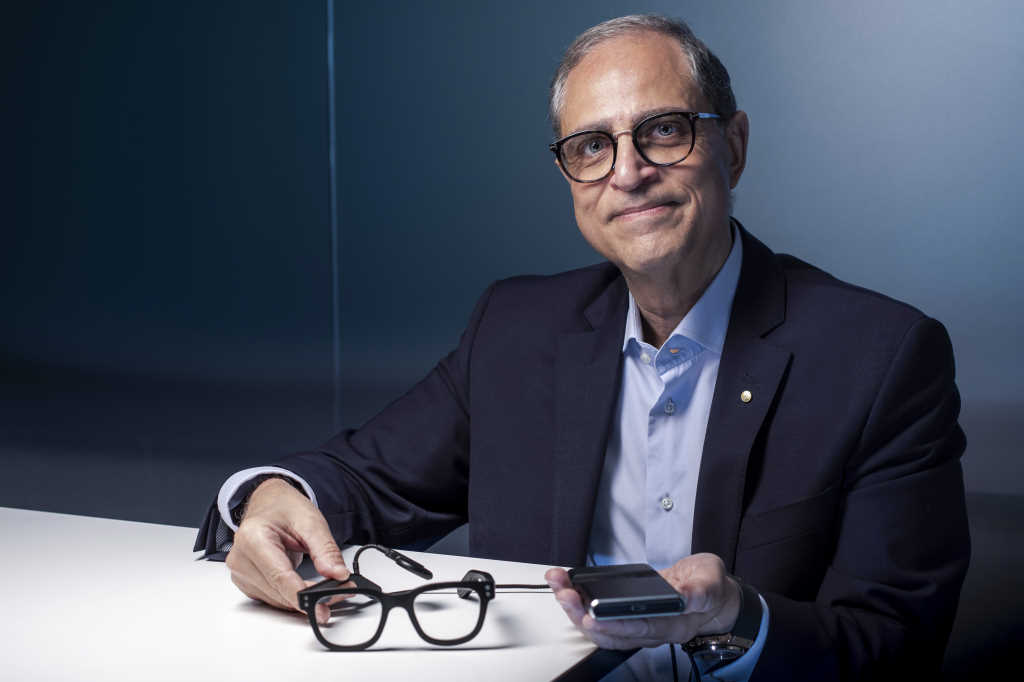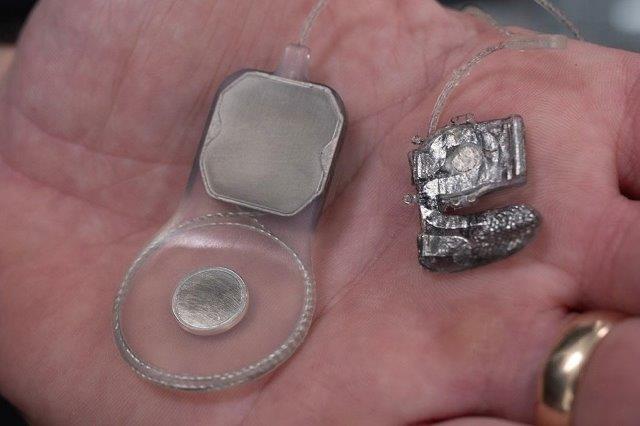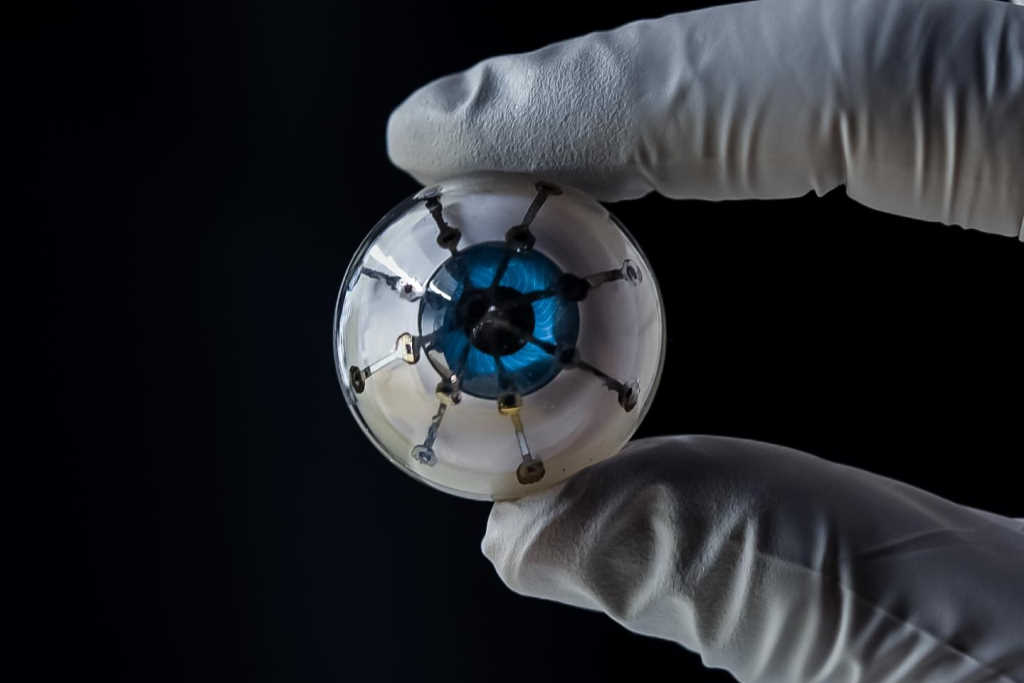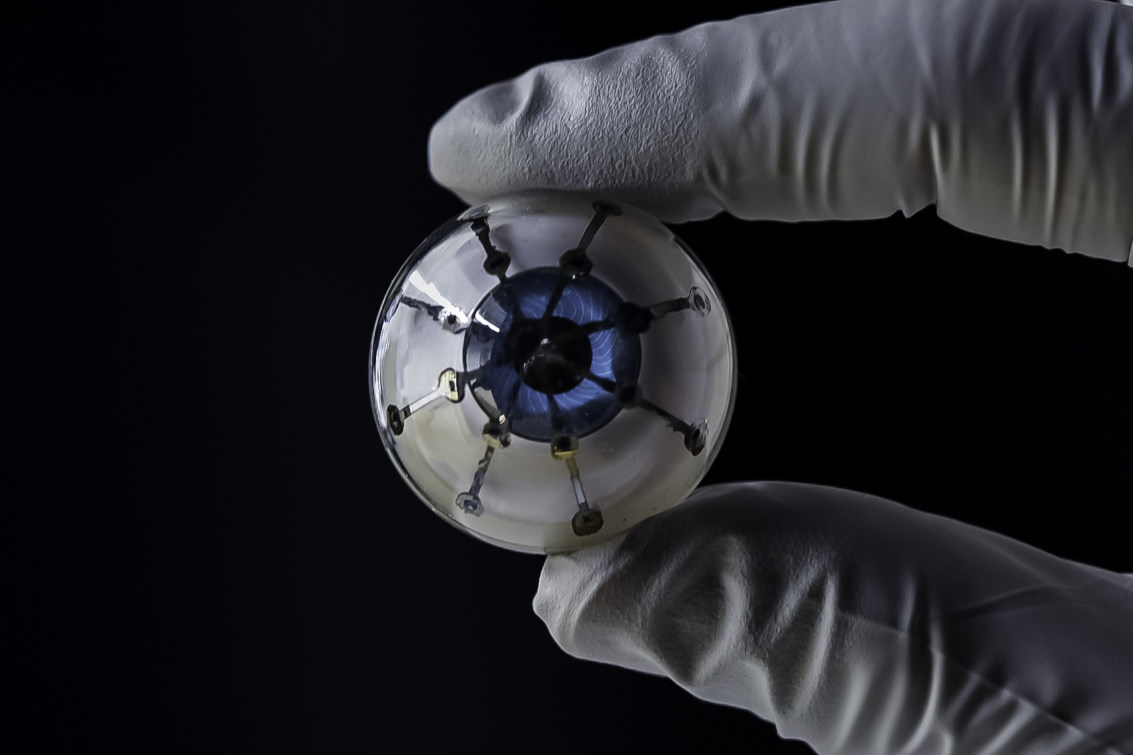Bionic eye restores Aussie patients’ sense of sight
Progress is being made with a bionic eye being developed in Australia, with medical researchers saying they have successfully restored a sense of vision in four people who have gone blind from retinitis pigmentosa, as part of a clinical trial in Melbourne.
Announcing the milestone at the annual Royal Australian and New Zealand College of Ophthalmologists (RANZCO) scientific congress in Adelaide, principal investigator Associate Professor Penny Allen said an earlier study of three patients had established the safety of a prototype but restricted use to the lab.
The new study uses a permanent device that can be used every day, said A/Prof Allen, of the Centre for Eye Research Australia, adding the team was very pleased with all four patients’ progress and that all four had made impressive progress with mobility and activities of daily living.
She said the researchers believe the Australian bionic eye being tested has advantages over international competitors, including a safer and less invasive surgical approach, stability of the device and unique vision-processing software that aims to improve the patient’s experience. The study is currently focused on patients who have vision loss due to retinitis pigmentosa, which affects about one in every 4,000 people, or 1.5 million people worldwide. It is the leading cause of inherited blindness, and there is currently no cure.
How the bionic eye works
The Bionic Vision Technologies (BVT)-developed bionic eye consists of implanted and body-worn components. The patient wears glasses with a small video camera mounted on the side, with this data being processed and transmitted via an implanted microchip to an electrode array placed behind the retina in the suprachoroidal space. The electrodes stimulate remaining cells in the retina to generate spots of light that give a patient a sense of vision.
























